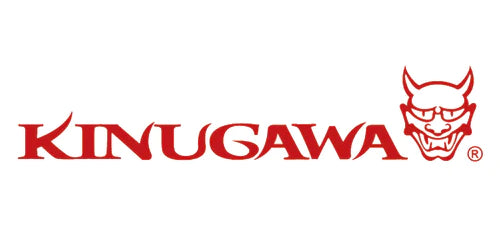The choice of brass or other semi-soft materials for journal bearings in turbochargers, particularly for the thrust bearing, is primarily driven by their ability to embed debris and maintain a hydrodynamic fluid film between the shaft and the bearing surface. Here's why:
-
Embeddability: Semi-soft materials can embed small debris particles that may enter the oil system, preventing them from causing scoring or damage to the harder shaft. This is crucial in the high-speed, high-temperature environment of a turbocharger where wear and tear are significant concerns. Please preventing turbo failure caused by oil contamination. This is in contrast to harder materials, which might scratch or score the shaft.

- Hydrodynamic Lubrication: The semi-soft material allows for the formation of a hydrodynamic fluid film, where the oil pressure supports the shaft and prevents direct metal-to-metal contact. This reduces friction and wear, enhancing the bearing's lifespan. The following source is from Garrett Installer Connect Training
- Conformability: These materials can conform to slight misalignments or imperfections in the shaft, ensuring a more even distribution of the load and reducing localized stress concentrations. The following source is from Garrett - Advancing Motion
The concept of distributing the load and reducing localized stress concentrations is crucial in ensuring the longevity and performance of turbocharger bearings. Here's a more detailed explanation:
Load Distribution:
In a turbocharger, the load refers to the forces exerted on the bearing system due to the high rotational speeds of the turbine and compressor wheels. These forces can be radial (acting perpendicular to the shaft) and axial (acting along the shaft). A well-designed bearing system aims to distribute these loads evenly across the bearing surface. This prevents excessive wear and tear on specific areas, which could lead to premature failure.
Stress Concentrations:
Stress concentrations are areas where the stress is significantly higher than the surrounding material. These can occur due to various factors, such as:
- Geometric discontinuities: Sharp corners, notches, or sudden changes in the shaft diameter can create stress concentrations.
- Material defects: Flaws or inclusions in the bearing material can weaken it and lead to stress concentrations.
- Misalignment: If the shaft and bearing are not perfectly aligned, it can result in uneven load distribution and stress concentrations.
Reducing Stress Concentrations:
Several design strategies can help reduce stress concentrations in turbocharger bearings:
- Fillet radii: Adding smooth, rounded corners (fillets) at geometric discontinuities helps distribute the stress more evenly.
- Material selection: Choosing materials with high strength and toughness can resist stress concentrations and prevent crack propagation.
- Surface finish: A smooth surface finish on the shaft and bearing reduces friction and minimizes the initiation of stress concentrations.
-
Proper lubrication: Maintaining a hydrodynamic fluid film between the shaft and bearing helps distribute the load and reduce wear.

Preventing turbo failure caused by oil contamination
Conclusion:
By effectively distributing the load and minimizing stress concentrations, turbocharger bearings can operate reliably under high speeds and loads. The use of semi-soft materials in journal bearings is a key strategy in achieving this goal, contributing to the overall performance and durability of turbochargers.
While ball bearings offer advantages in terms of response speed and durability, their higher cost and difficulty in rebuilding make journal bearings with semi-soft materials a practical and reliable choice for many turbocharger applications, especially those where cost-effectiveness and ease of maintenance are important considerations.

